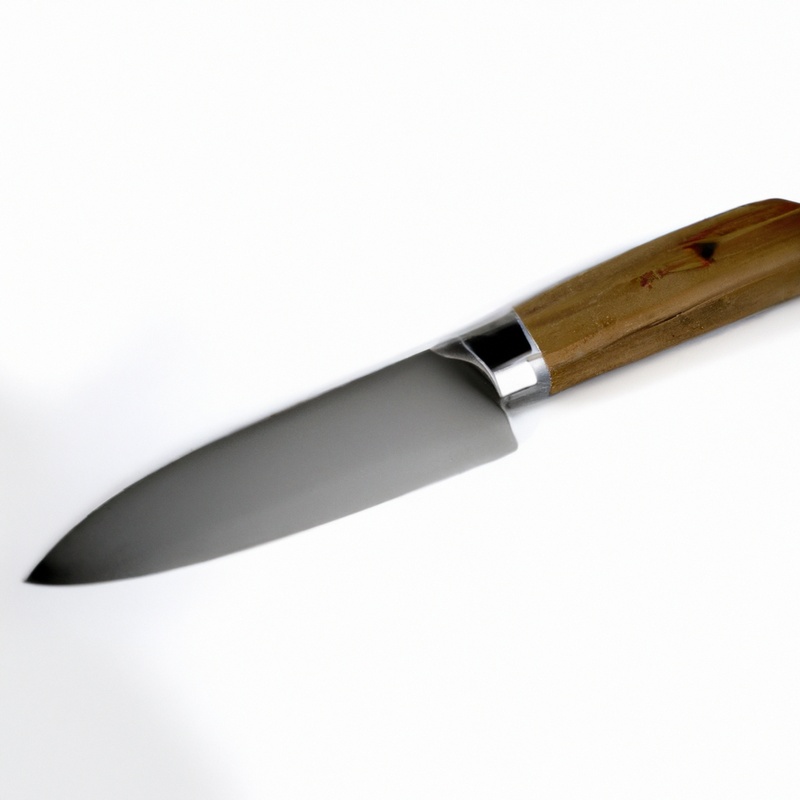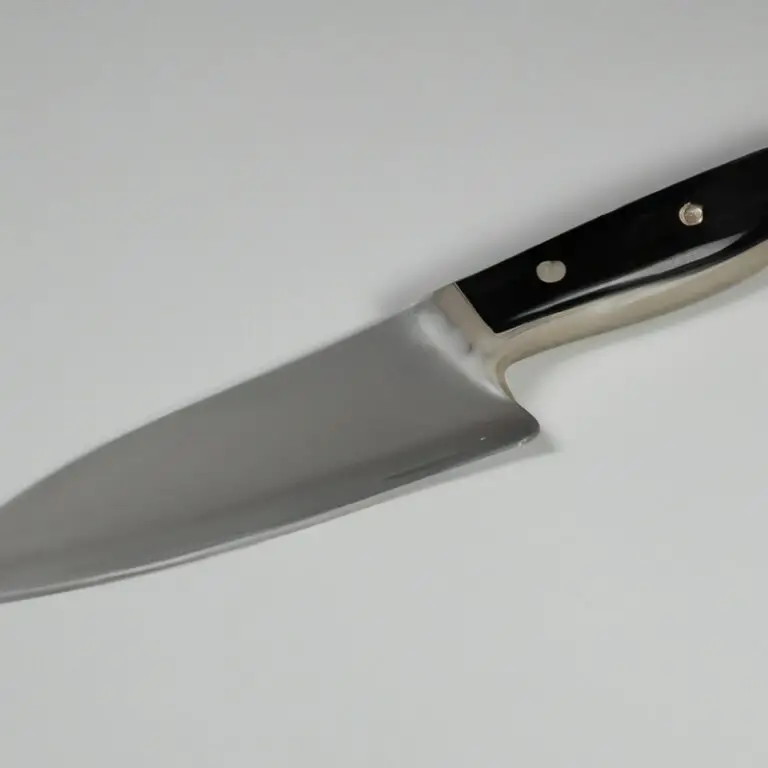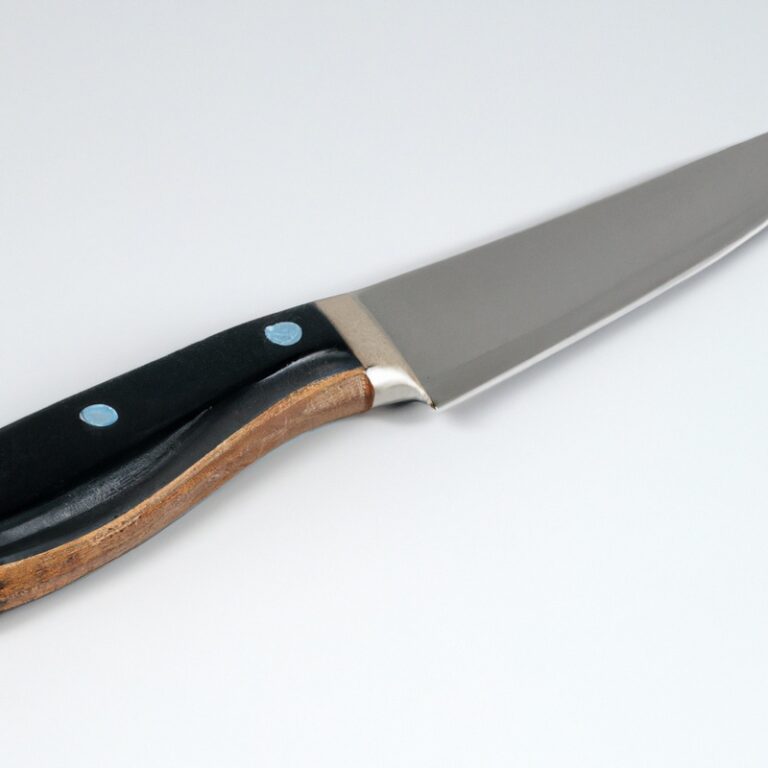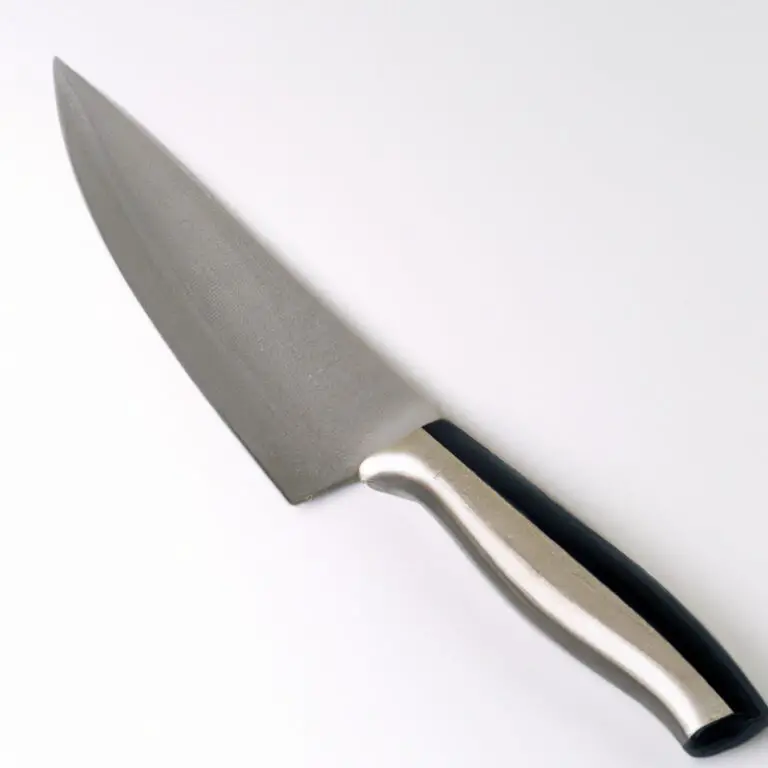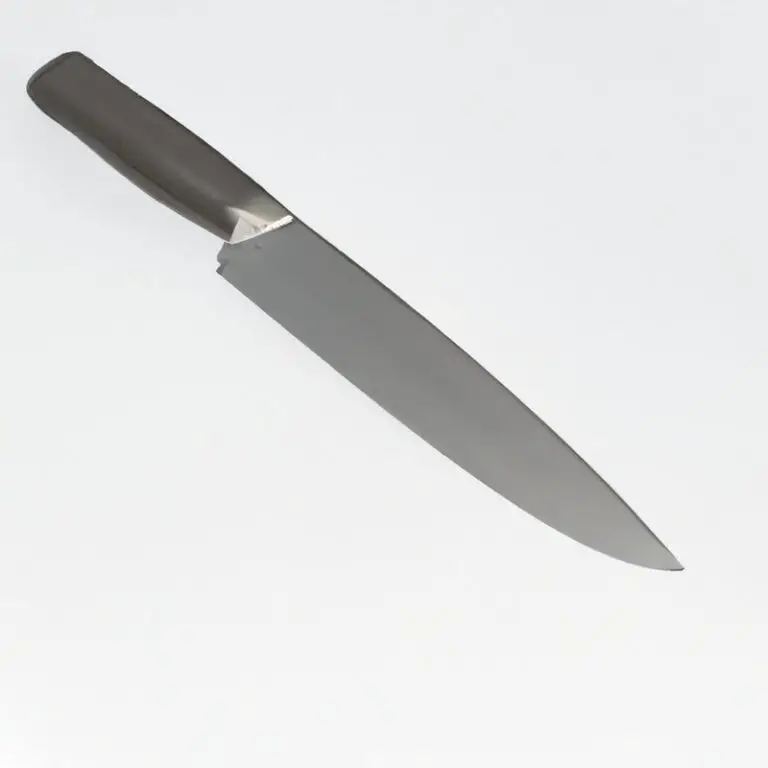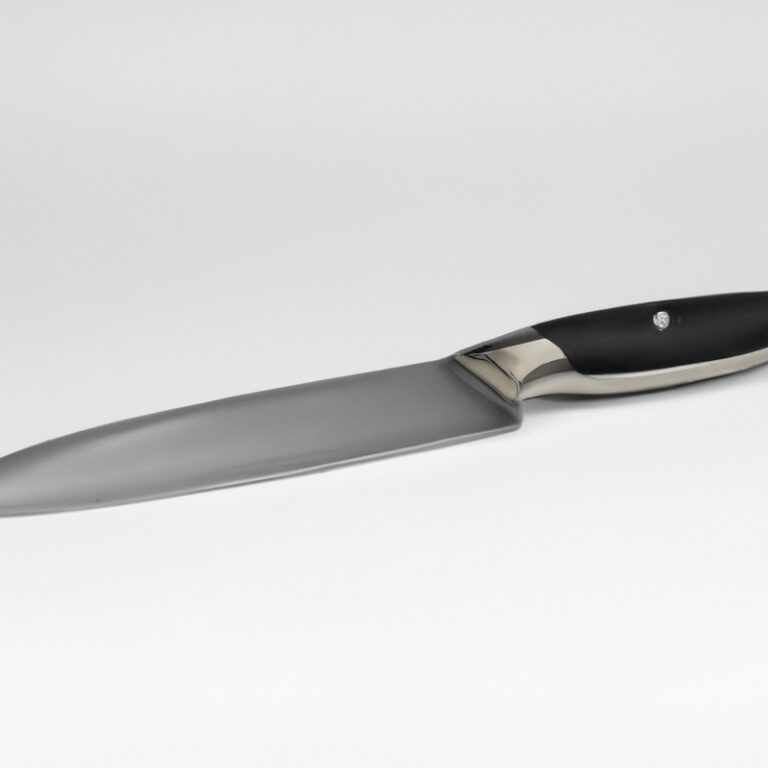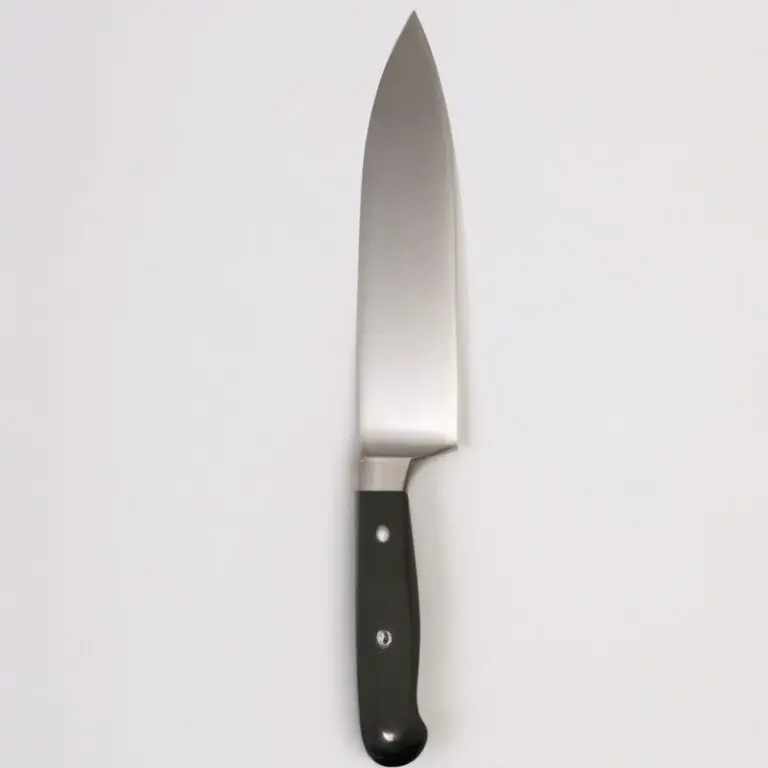How To Fillet a Largemouth Bass Using a Fillet Knife? Step-By-Step Guide
Key Takeaways:
- Start by making an incision behind the gills and cut along the backbone using a sharp fillet knife.
- Use the knife edge to follow the rib cage and slice the fillet away from the bones.
- Flip the fish over and repeat the process on the other side, carefully removing any remaining bones.
- Always maintain focus and caution when filleting to ensure the best results and reduce the risk of injury.
Do you love fishing? If so, knowing how to fillet a largemouth bass using a fillet knife is an essential skill you should learn.
Filleting a fish can be intimidating, but with the right techniques and safety measures, you can do it like a pro.
In this article, I will guide you through the step-by-step process of preparing, cutting, and trimming the fish to get a clean fillet. You’ll also learn how to safely handle a fillet knife and identify fish bones.
Plus, I’ll share some bonus cooking tips for perfectly cooked bass fillets.
Get ready to impress your friends and family with your fish filleting skills!
| Step | Description |
|---|---|
| 1 | Cut behind the gills and down to the spine, repeat on the other side. |
| 2 | Make a cut along the spine, starting from the top and all the way down to the tail. |
| 3 | Flip the fish over and repeat step 2 on the other side. |
| 4 | Starting from the tail, gently slide the fillet knife underneath the fillet, keeping the blade as close to the spine as possible. |
| 5 | Run the knife along the rib cage to separate the fillet from the bones, starting at the top and working downward. |
| 6 | Flip the fish over and repeat step 4 and 5 on the other side. |
| 7 | Remove the skin by holding the fillet down with one hand while sliding the knife between the skin and flesh with the other. |
Prepping the Fish: Removing Scales and Gutting
Before filleting a largemouth bass, it’s important to prep the fish by removing the scales and gutting it. Here’s how: Removing scales: Use a fish scaler or the dull side of a knife to scrape the scales off the fish from tail to head.
Rinse the fish under cold water to remove any remaining scales.
Gutting: Make an incision on the underside of the fish from the anus to the gills. Use your fingers or a spoon to scoop out the internal organs and discard them.
Removing the head and tail is optional, but can make filleting easier.
With the fish prepped, you’re now ready to start filleting using a fillet knife.
Safety First: Handling the Fillet Knife
Safety should be your top priority when using a fillet knife to cut fish. Always handle the knife with care and respect.
Ensure your blade is sharp and in good condition before use.
Also, focus on keeping your fingers away from the blade when cutting. Hold the fish firmly with one hand while you cut with the other.
If you’re a beginner, it’s essential to take your time and work patiently.
Don’t rush the process or apply too much pressure to avoid injuries. With the right technique and attention to safety, filleting fish can be a fun and enjoyable experience.
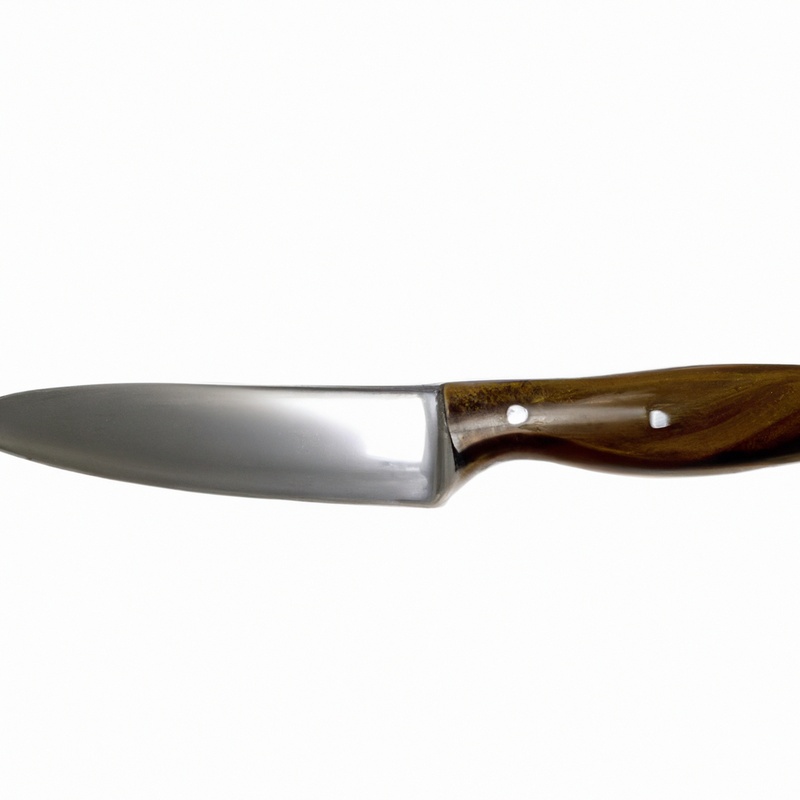
Learning the Anatomy: Identifying the Fish Bones
To successfully fillet a largemouth bass, it’s important to identify the fish bones. The two most crucial bones are the ribcage and the spine.
The ribcage runs from the top of the head to the tail and can be easily located by running your finger along the lateral line.
The spine is located directly above the ribcage and runs the entire length of the fish. These two bones create a V-shaped structure that separates the fillet from the rest of the fish.
It’s important to use a sharp fillet knife and make precise cuts along the bones to ensure a clean fillet.
Take your time and use caution when handling the knife around these bones to avoid accidents.
Starting the Cut: Placing the Fillet Knife
To start the cut, place the tip of the fillet knife behind the pectoral fin, just above the spine. Slowly guide the knife down the spine while angling the blade towards the rib bones.
Use the rib bones as a guide to follow the contour of the fish’s body while keeping the blade flat against the bones.
Continue until the fillet is separated from the ribs and then repeat the process for the other side. Always be sure to use a sharp knife and maintain control while filleting to prevent injury.
Removing the Skin: Techniques for a Clean Fillet
To remove the skin for a clean fillet, start by making a small cut between the skin and the meat, then place your thumb against the skin and hold the knife at a slight angle towards the skin. Slowly work the knife between the skin and the flesh, using a sawing motion to keep the blade against the skin.
Once you’ve removed the skin, carefully scrape away any remaining flesh on the skin using the blade.
Repeat the process for the other side of the fish. Removing the skin can be tricky, so take your time and be patient to avoid losing any valuable meat.
With practice and the right technique, you’ll be able to remove the skin like a pro.

Cutting the Ribs: Tips for Precision
When it comes to cutting the ribs of a largemouth bass, precision is key. To get the most meat off the fish without wasting any, it’s important to start at the top of the rib cage and cut down towards the backbone.
Use a sharp fillet knife to carefully separate the ribs from the fillet, making sure not to cut into the meat.
When you reach the end of the rib cage, you can either leave the remaining meat on the bone or use the fillet knife to carefully cut it off. This can be tricky, so take your time and use a sawing motion to avoid losing any meat.
As you remove the rib cage, be sure to inspect your fillet for any bones that may have been missed and remove them with tweezers or pliers.
Once you’ve finished cutting the ribs, repeat on the other side of the fish to get two full fillets. By using these tips for cutting the ribs with precision, you’ll be able to get the most meat off your largemouth bass and enjoy a delicious meal.
Trimming the Edges: Removing Excess Meat
To remove excess meat after filleting, use a sharp fillet knife to trim the edges. The goal is to remove any remaining bones, ribs, and any other unwanted parts.
Cut along the edge of the fillet, removing any dark meat or fatty sections.
Be careful not to cut away too much meat and waste it. It’s best to take small pieces at a time and work your way around the fillet.
Once you’ve finished trimming, inspect the fillet for any lingering bones or fatty areas before cooking.
That’s it! You’re now ready to move on to the next step of cleaning up by discarding scraps and sanitizing your workspace.
Follow-Through: Repeat on the Other Side
Once you have filleted one side of the largemouth bass, it’s time to repeat the same process on the other side. Remember, consistency is key here.
You want both fillets to be similar in size and shape.
Start by flipping the fish over so that the remaining fillet facing upward. Follow the same steps you did on the first side.
Use a sharp fillet knife to make a straight cut down the fish’s spine, and then slowly move the knife around the entire fish, removing the fillet from the bones.
Once you have the second fillet removed, it’s essential to check for any bones you may have missed. Run your fingers gently over the surface of the fillet to ensure its bone-free.
That’s it! With both fillets removed, you can discard the rest of the fish or save it for later use.
Now that you know how to fillet a largemouth bass, you’re ready to cook up a delicious meal.
Cleaning Up: Discarding Scraps and Sanitizing
After filleting a largemouth bass, it’s important to properly clean up to avoid any foodborne illnesses. Discard all the scraps, including the head, tail, and entrails, in a trash bag or a compost bin.
Sanitize your fillet knife and cutting surface with hot, soapy water or a solution of one tablespoon of bleach per gallon of water.
Rinse well and air dry or use a clean towel. Proper clean up and sanitization is crucial to ensure a safe and healthy meal.
Bonus: Cooking Tips for Perfectly Cooked Bass Fillets
When it comes to cooking bass fillets, there are several tips you can follow to ensure perfectly cooked fish every time. Here are some of our top cooking tips:
- Pat the fillets dry with a paper towel before cooking to remove excess moisture.
- Season the fillets with salt, pepper, and any other desired spices before cooking.
- Cook the fillets on a medium to high heat for about 3-4 minutes per side. The fish should easily flake with a fork when done.
- For a crispy exterior, dredge the fillets in seasoned flour or cornmeal before cooking.
- Consider grilling the fillets for a smoky flavor, or baking them in the oven with butter and lemon for a classic preparation.
By following these simple tips, you can elevate your bass fillet cooking game and impress your dinner guests with perfectly cooked and flavorful fish.
Final Verdict
Filleting a largemouth bass using a fillet knife can seem daunting, but with the right techniques and mindset, it can be a rewarding experience. Remember to prioritize safety, learning the anatomy, and using precise cuts when filleting to yield a clean and delicious fillet.
With these steps in mind, you can become an expert at filleting largemouth bass.
Trust in your abilities and practice consistently, and you’ll be on your way to perfectly cooked bass fillets that are sure to impress. Keep in mind that cleaning up and sanitizing your workspace is just as important as filleting itself.
So, follow these steps, and you’ll be well on your way to mastering the art of filleting largemouth bass.

